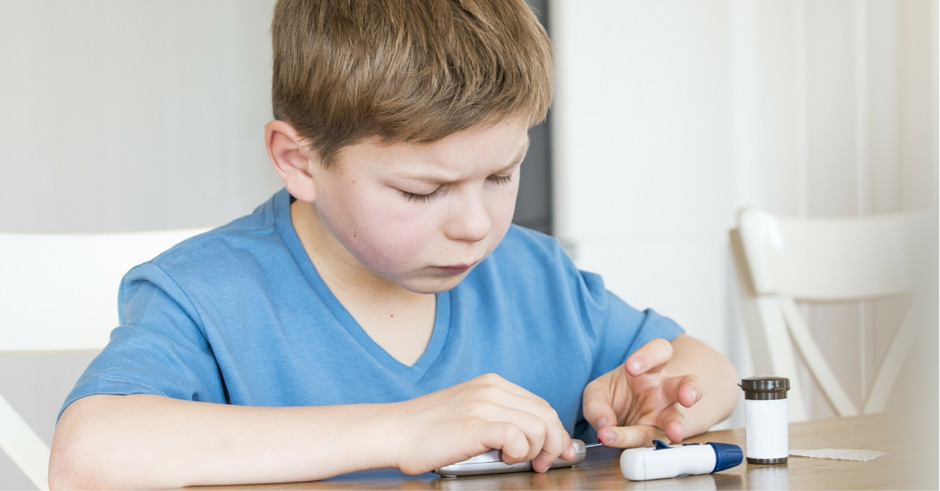The skin is the largest organ of our bodies. Although it is soft enough to allow movement, it is also tough enough that it can resist breakage and tear. You may have noticed that your skin even varies in texture and thickness in various parts of the body – this is because the skin is made up of two main layers.
The surface layer of the skin is known as the epidermis. This layer is made up of several sheets of skin cells. The dermis is the layer which lies underneath and is made up of elastic fibres known as elastin which gives the skin a supple feel, and protein fibres of collagen which give the skin its strength. The sebaceous glands, hair follicles, nerves and blood vessels are all located in the dermis. Skin cuts and wounds can affect each of these areas, and if left untreated there is a high risk of infection which can lead to further tissue damage and complications.
Self-Care For Minor Lacerations
Laceration wounds are caused by trauma which leads to tearing of soft body tissue. A fresh laceration wound will be inflamed, bleeding, and painful. Sometimes these kinds of wounds require stitches, however, only a medical professional will be able to advise you the best course of action after reviewing the wound in person.
If the laceration is small and the individual is not bleeding a lot, apply firm pressure to the area of the wound until the bleeding stops. If the bleeding does not stop within ten minutes or blood is squirting profusely from the wound, you should call an ambulance.
Once the bleeding is under control and has stopped, ensure that the wound is washed out thoroughly under running tap water. Any dirt and debris should be removed from the wound with a clean towel – don’t use cotton balls or tissues. Then carefully pat the area around the wound dry.
If bleeding starts again, it is advised that you apply further firm compression. The wound should be covered with a non-stick dressing pad. For advice on appropriate wound dressing, you can ask your pharmacist or a doctor.
The dressing should be changed regularly, especially if it becomes wet, soiled, or soaked from wound drainage.
When To Seek Medical Assistance
Seek advice from a doctor in the following situations;
- If you cannot remove all the dirt or debris from the wound
- If there is bleeding from the wound each time the dressing is changed
- If the wound remains painful and inflamed and does not improve within a few days
- If the wound drainage appears to be excessive, smelly, or discoloured
- If the wound turns black or does not appear to be healing
- If the wound appears to become larger
There are various factors which can affect the amount of time the skin takes to heal; these factors are dependent on individual and environmental factors such as;
- Patient’s general state of health
- Patient’s age – older skin takes longer to heal than younger skin
- Dietary factors – proper nutrition can benefit skin healing rate
- Stress on the injury site
- Pre-existing medical conditions which can slow down skin healing
- Smoking and drugs can also affect the skin healing rate
For more information on caring for laceration wounds, speak to your doctor or pharmacist. This information only provides basic first aid advice. When in doubt, always consult with a medical professional.





